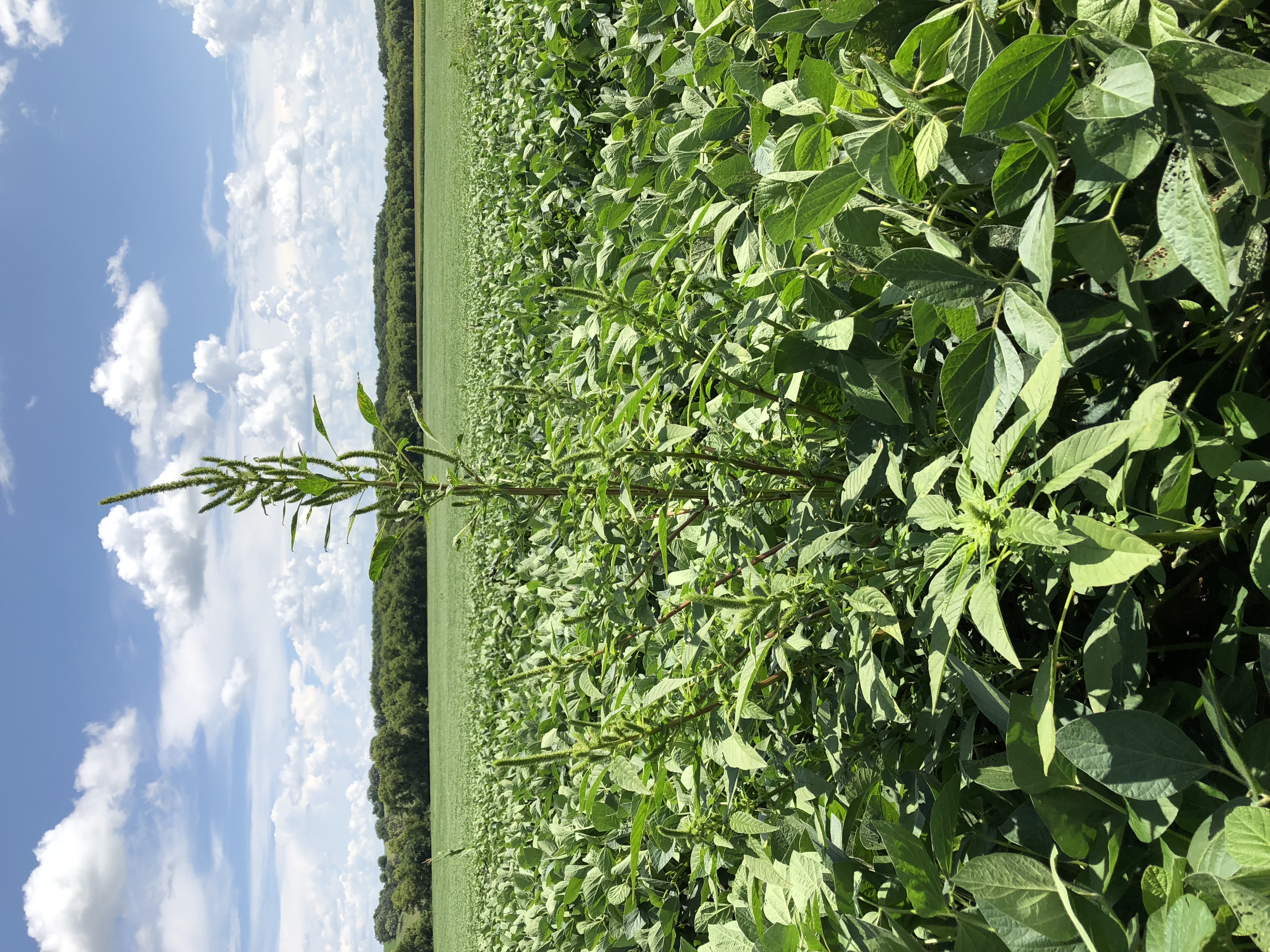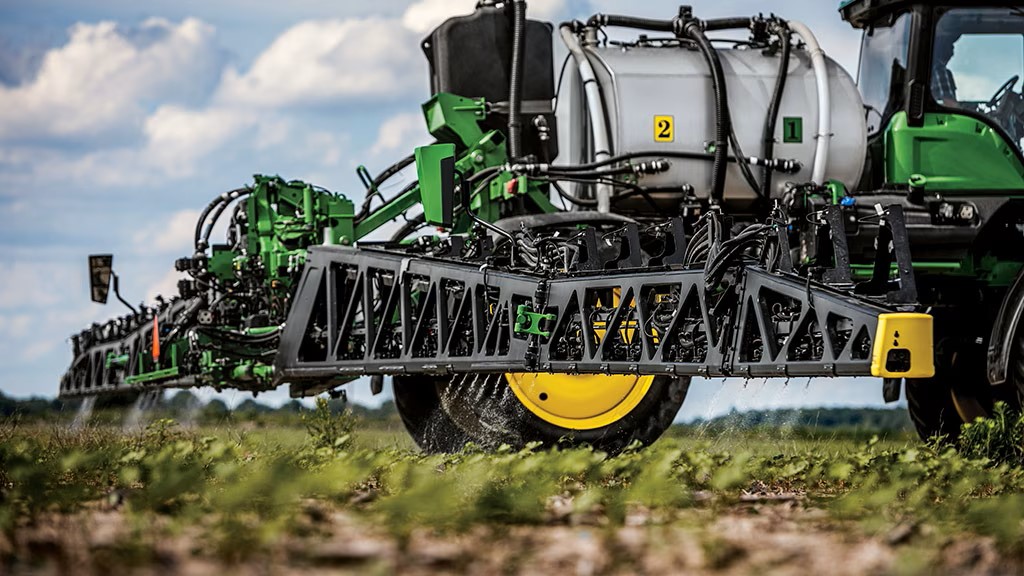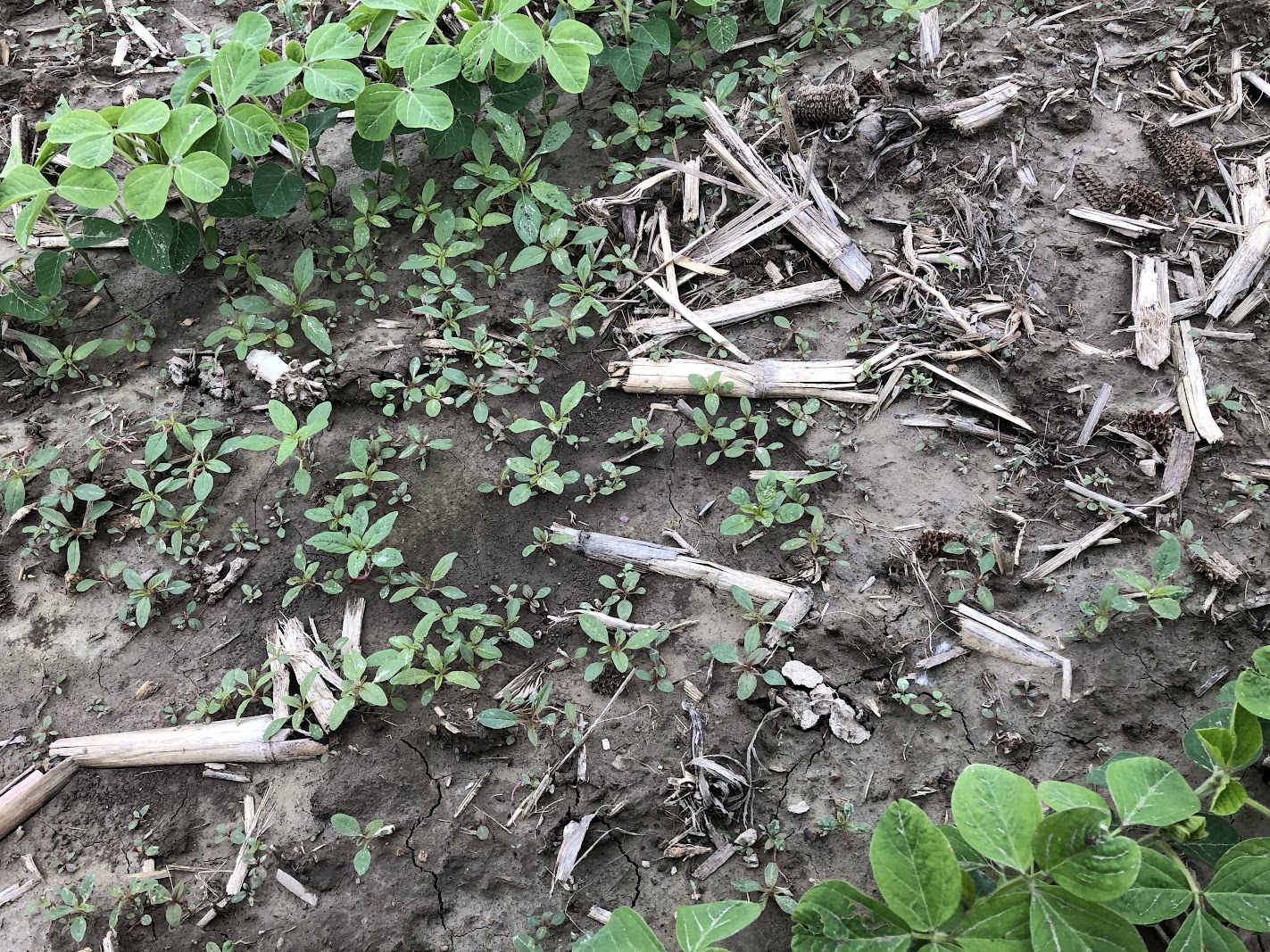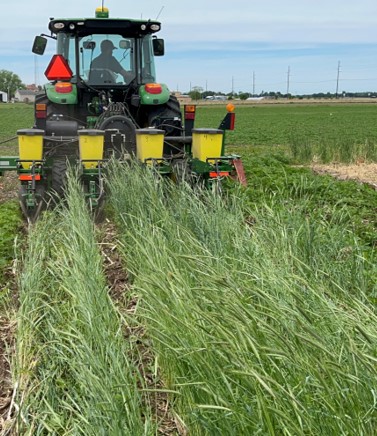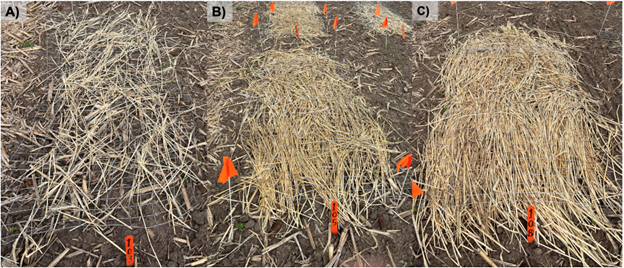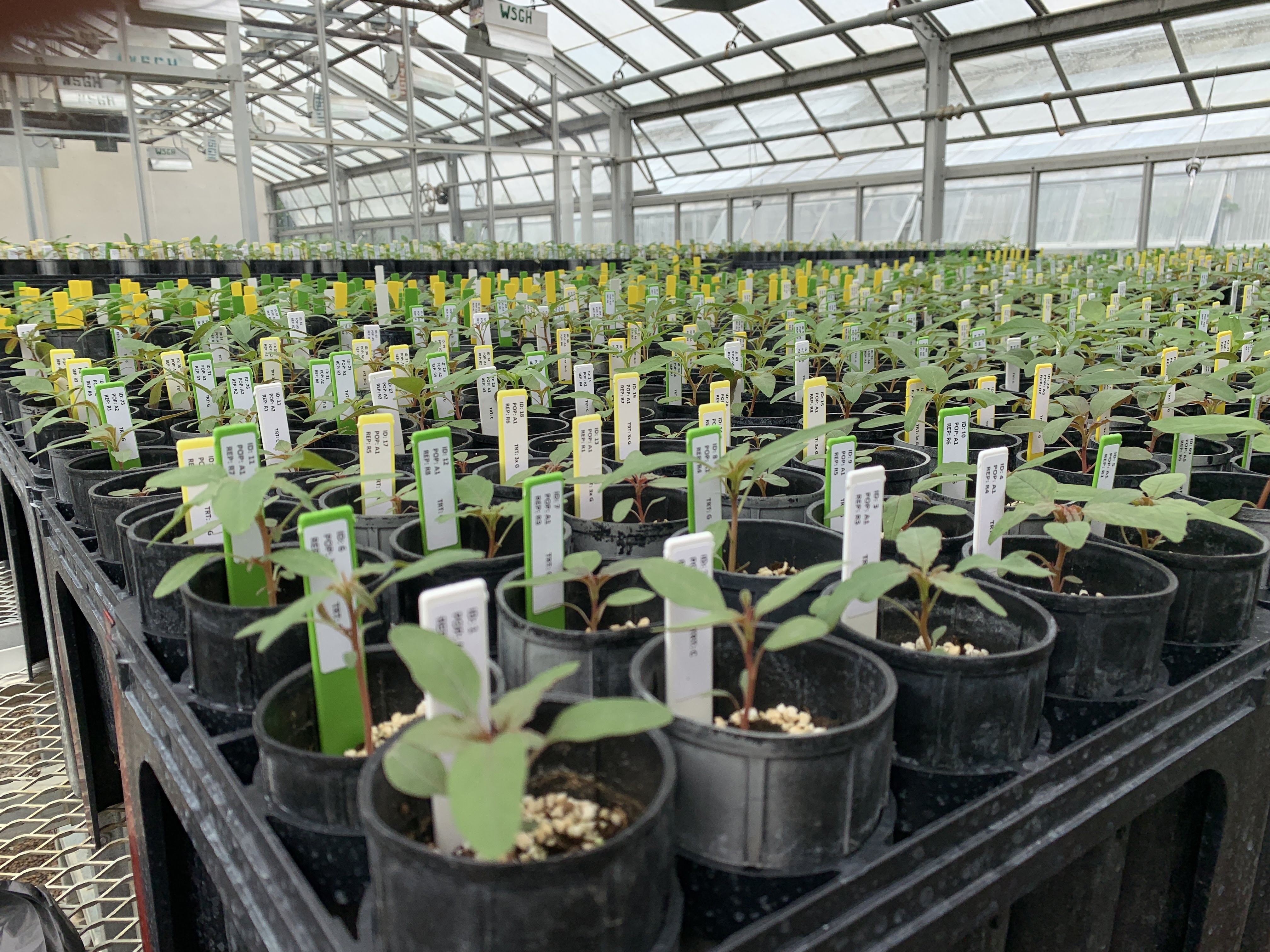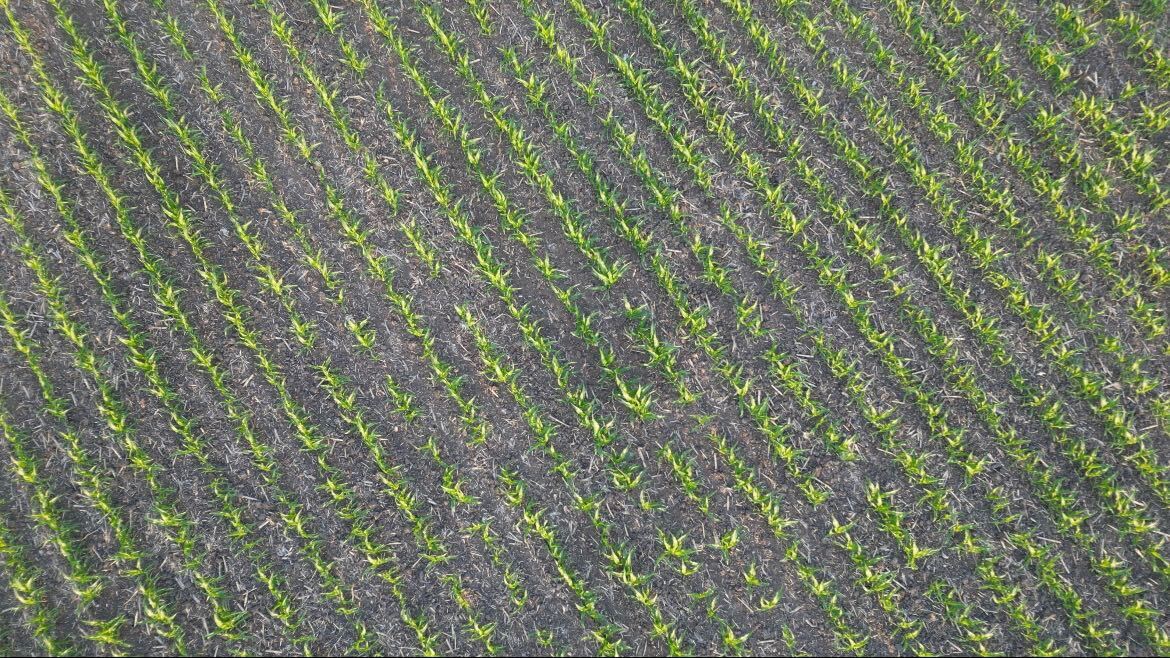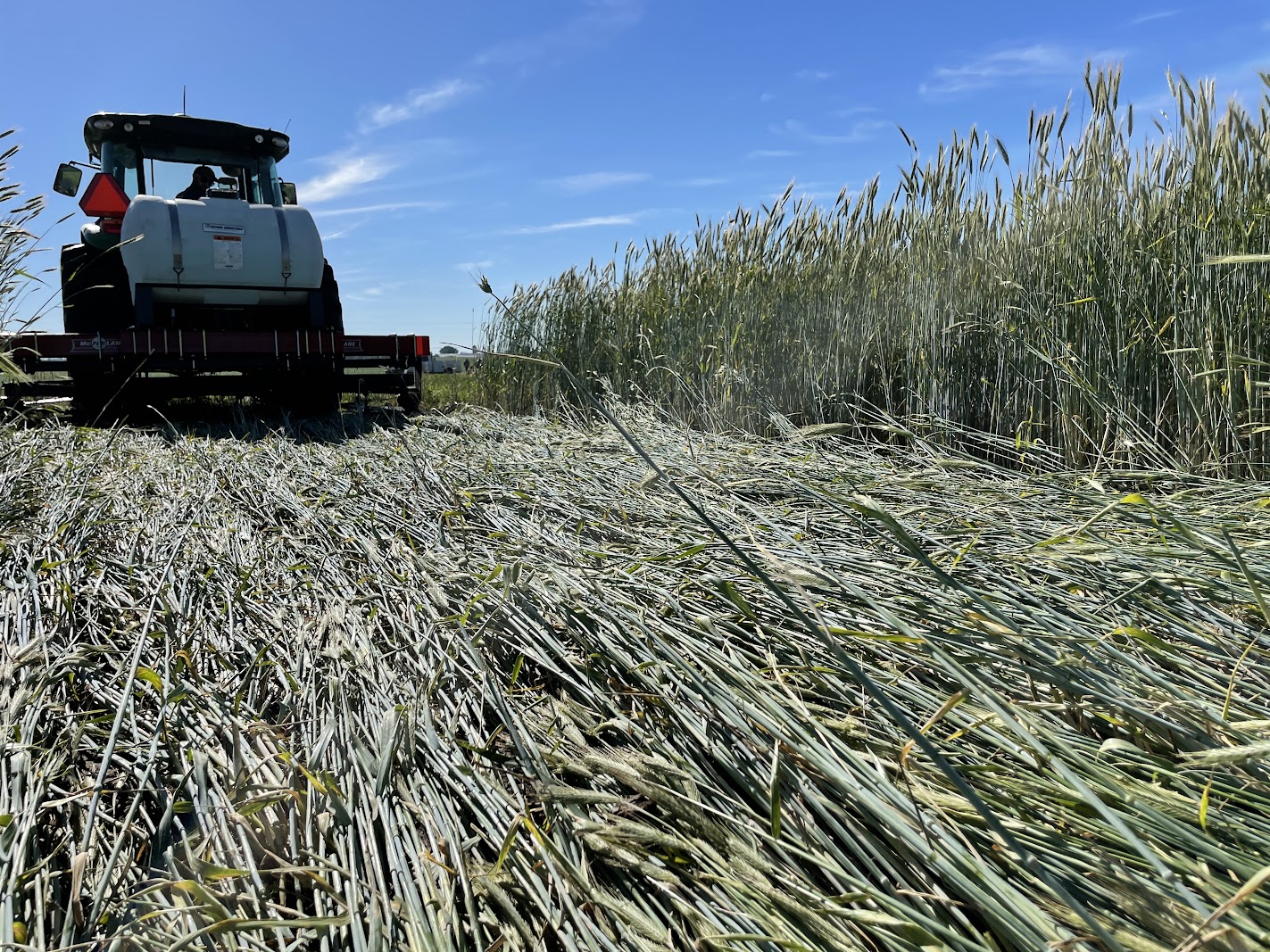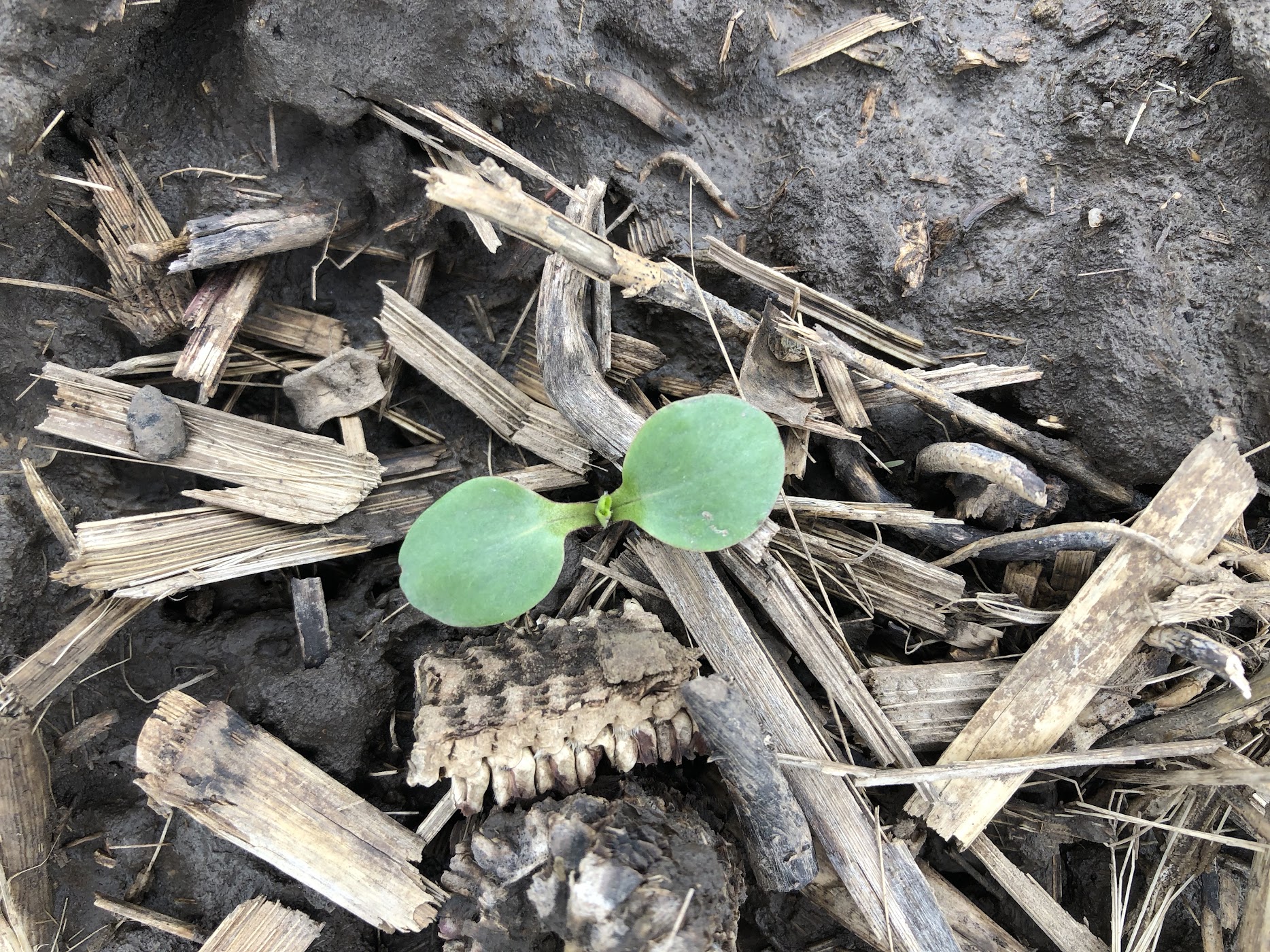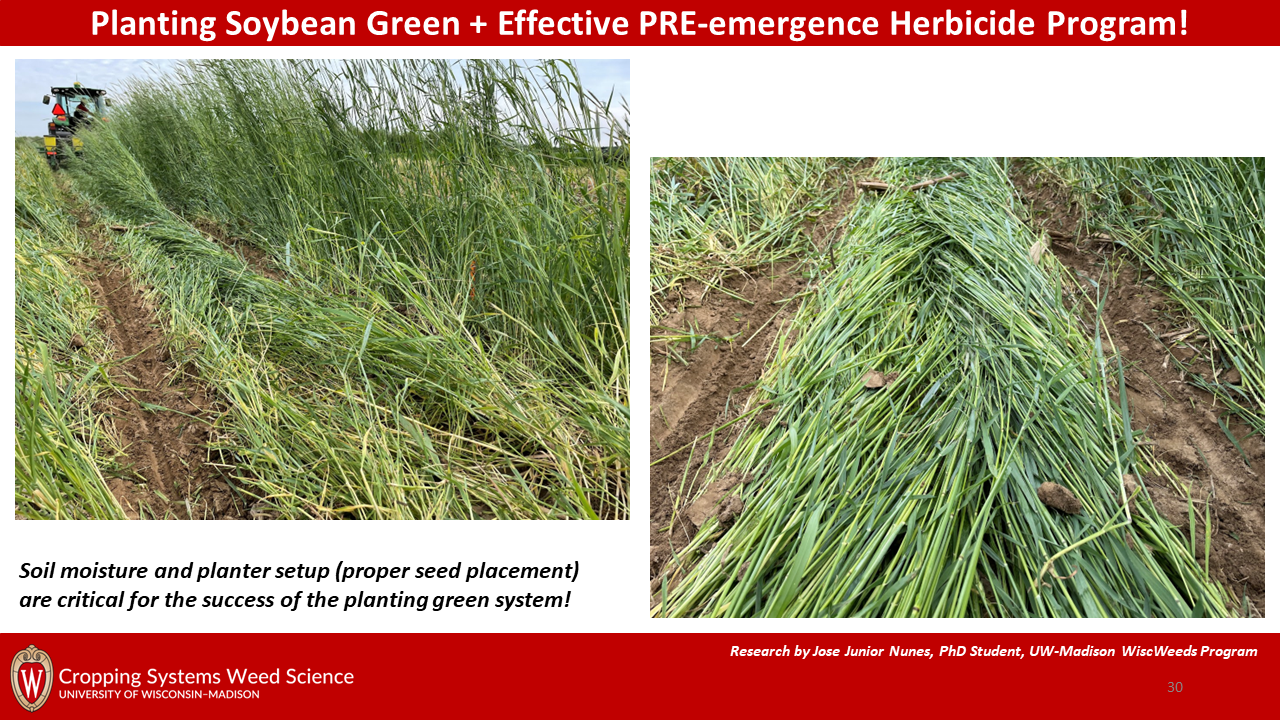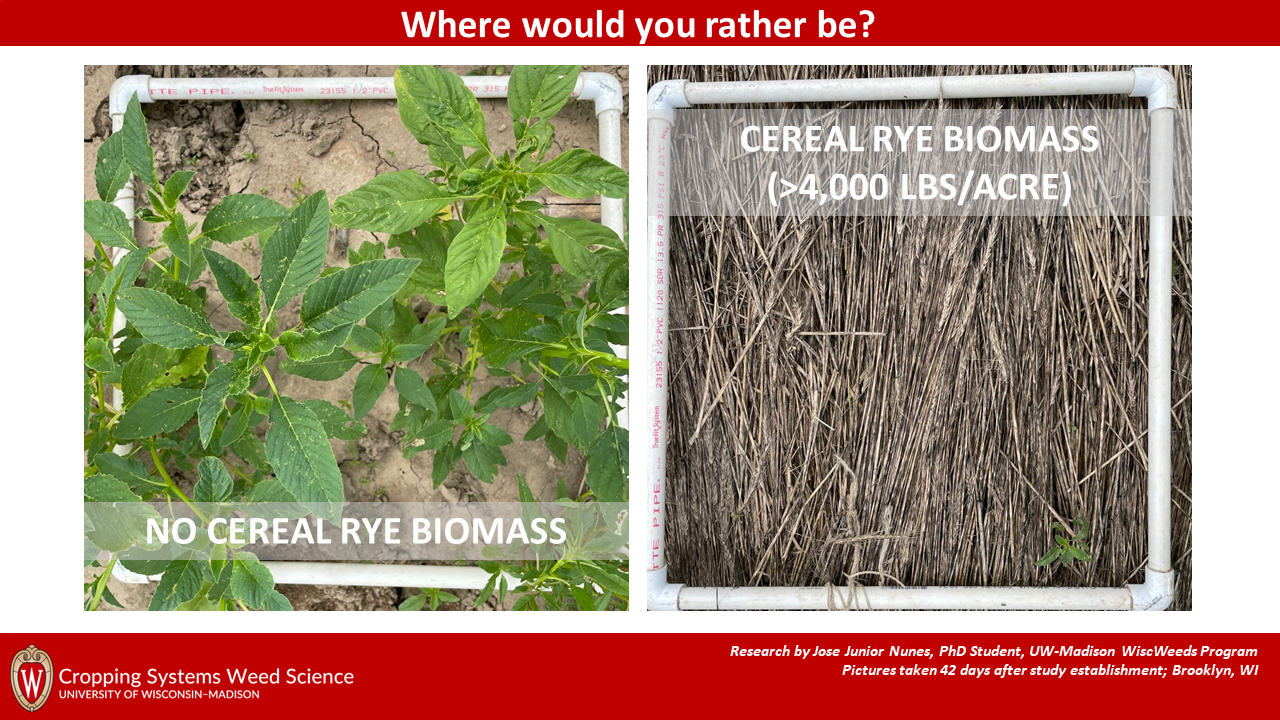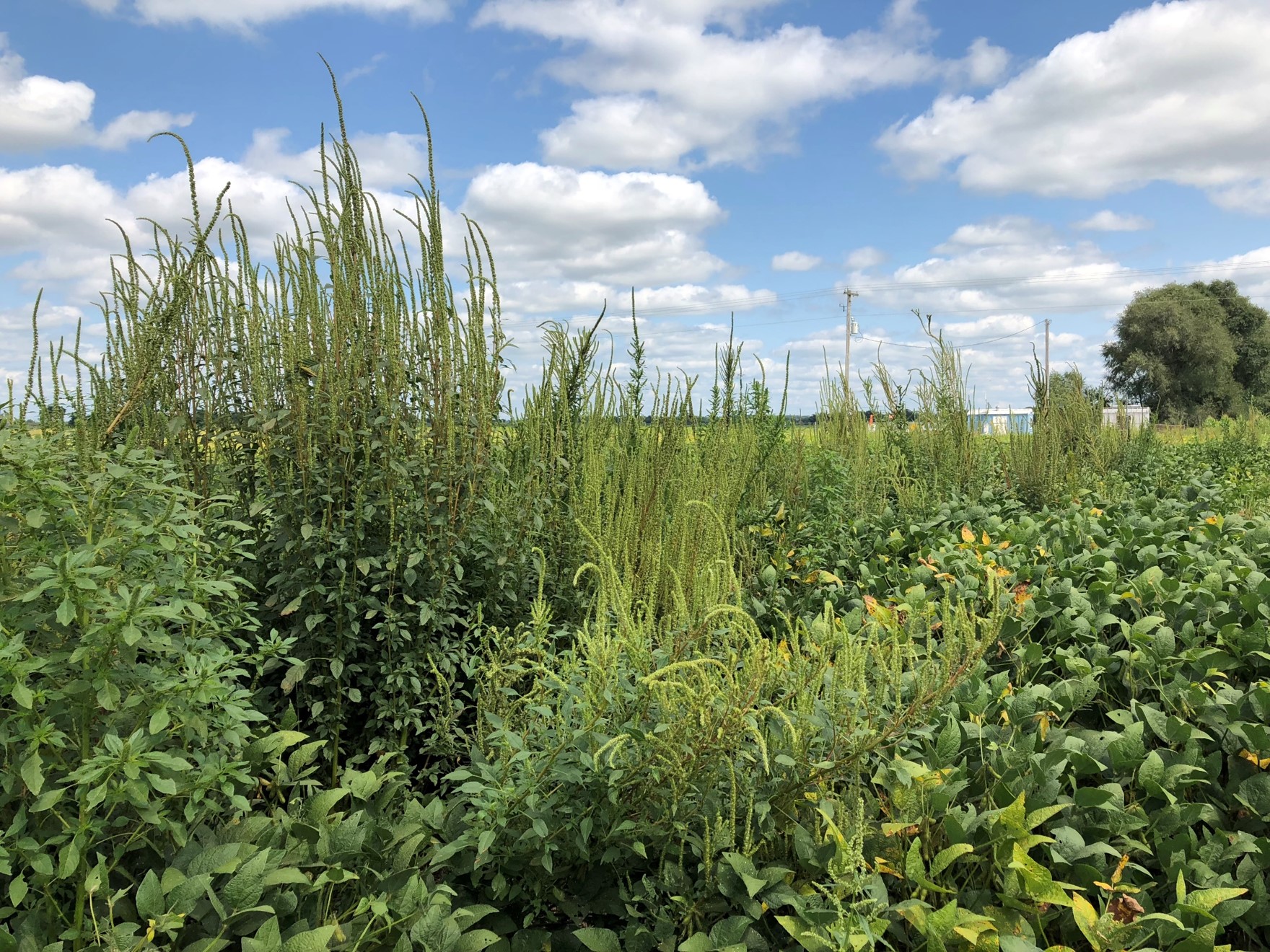You upgraded to the John Deere See & SprayTM Premium precision system, now what?
herbicides
waterhemp
The past two weeks I got to discuss this matter with a couple Wisconsin farmers (and their crop consultants) that have recently acquired the John Deere See & SprayTM Premium precision system and intend to put it to good use this growing season and thought it would be worthwhile summarizing our conversations as a blog post. The goal of this…
Can effective residual waterhemp control AND successful establishment of interseeded or overseeded cover crops into corn be achieved?
cover crop
herbicides
Waterhemp has become the most troublesome weed species across Wisconsin cropping systems and has developed resistance to different POST herbicides (please see: “Waterhemp got you worried? WiscWeeds’ been…
Weed out worries about successful cereal rye cover crop termination in your soybean acres
cover crop
If you are a soybean grower, you probably know that weed management programs utilizing high-biomass cereal rye (Secale cereale L.) cover crop in Wisconsin soybean systems and beyond are increasing in popularity. Multiple benefits, such as reduced soil erosion, increased nutrient and water retention…
Lack of Effective Waterhemp Control with Soil-applied PPO-inhibitor (Group 14) Herbicides Further Highlights the Need for Integrated Weed Management Practices
waterhemp
herbicides
“The WiscWeeds program recommends the use of effective soil residual herbicides for control of waterhemp populations resistant to glyphosate and other commonly used POST…
What benefits (and challenges) can the planting green system bring to soybean production?
waterhemp
cover crop
Adopting a cereal rye (Secale cereale) cover crop can be a valuable tool for integrated waterhemp (Amaranthus tuberculatus) management when enough cereal rye biomass is accumulated in the spring before the cover crop termination. By enough, we mean 4,500 lbs per acre or more of dry cereal rye…
No matching items
